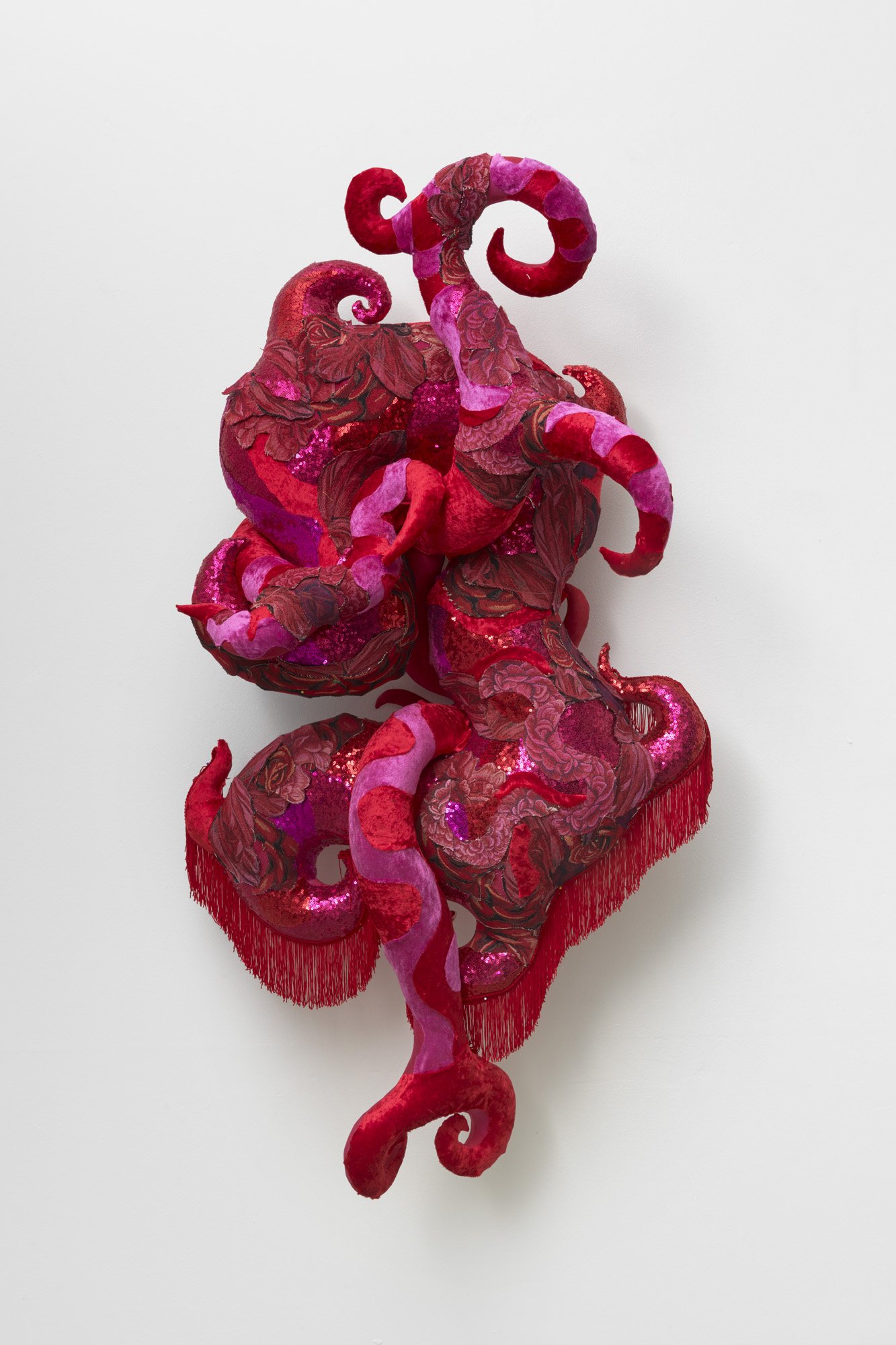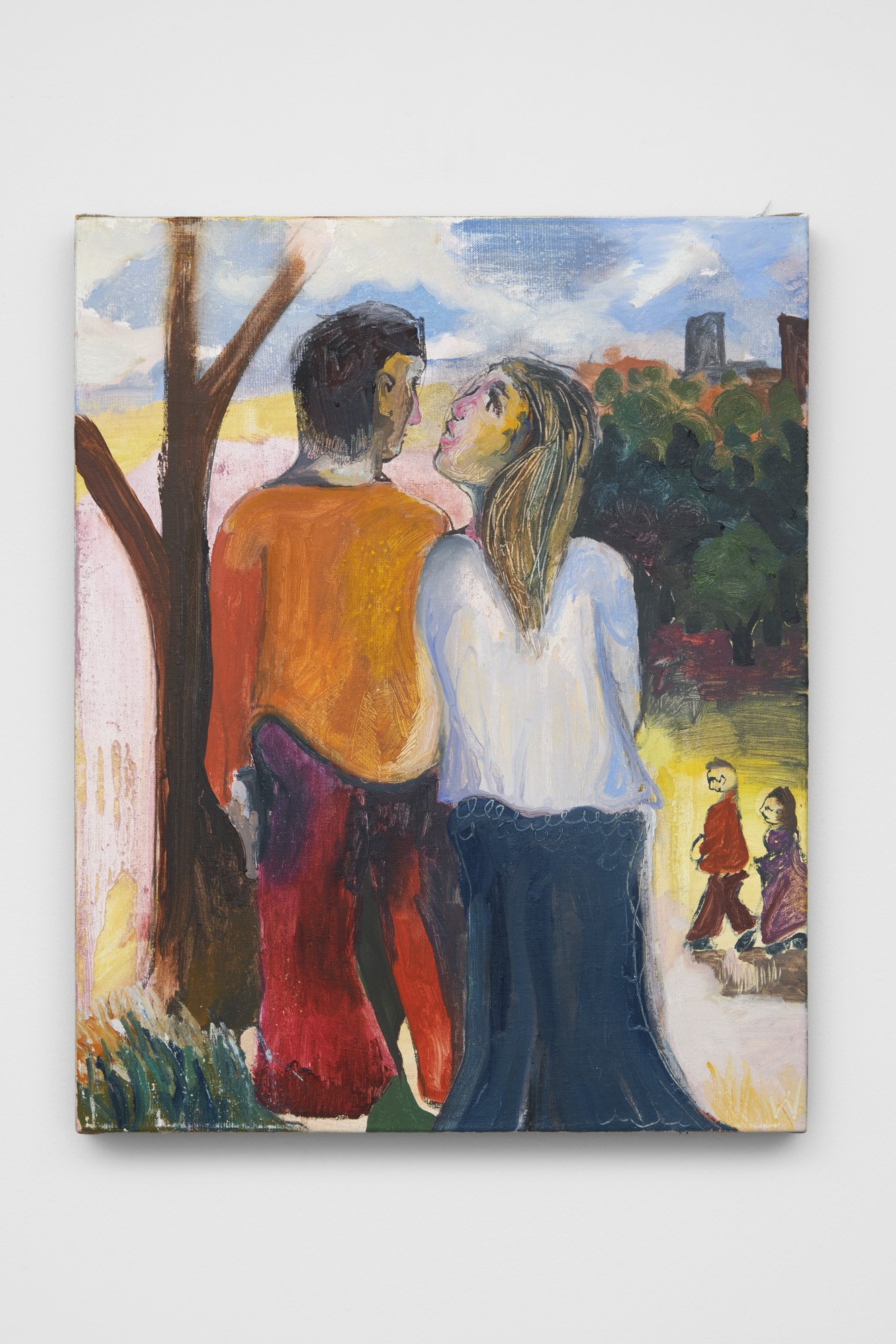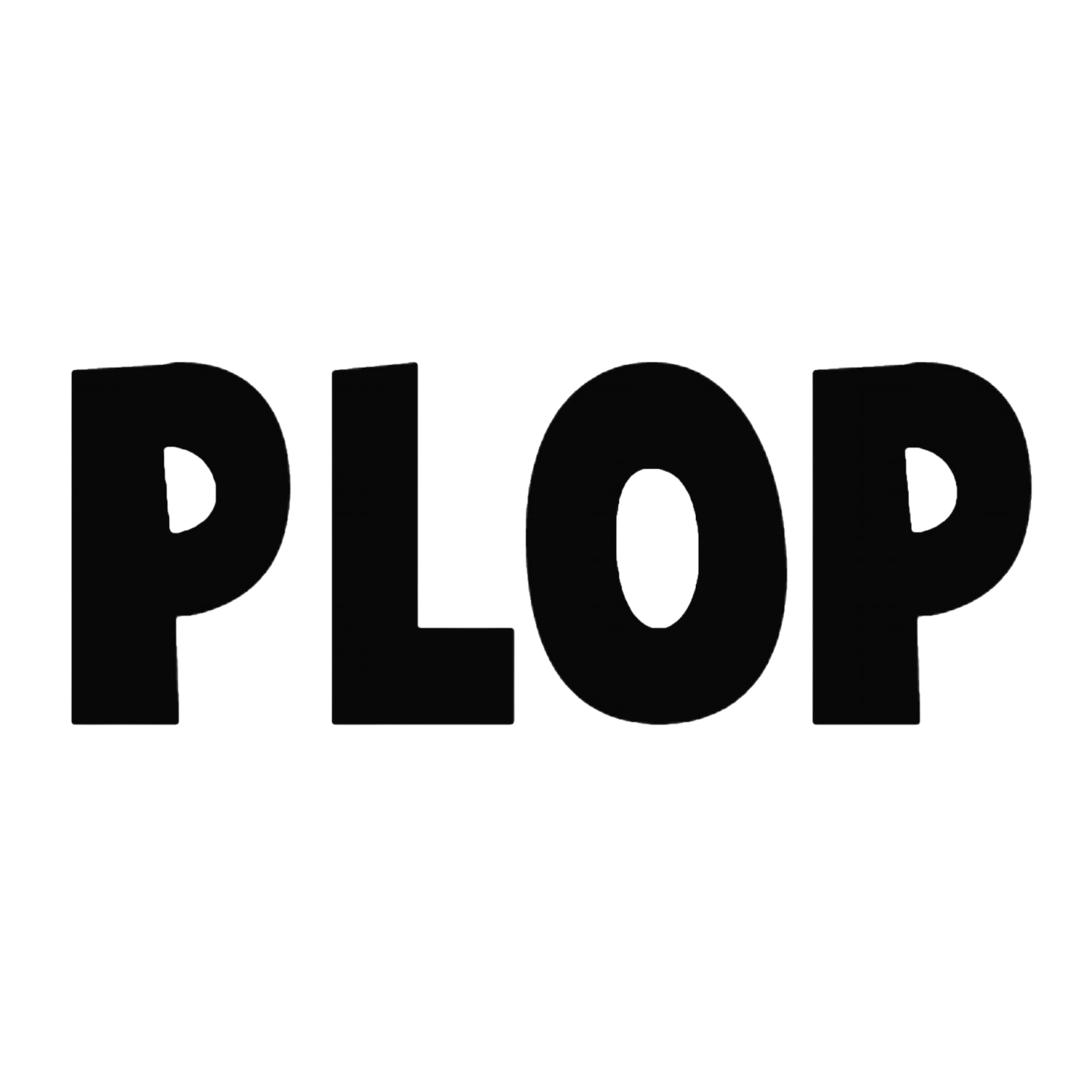Anne von Freyburg, Ania Hobson, William Grob
Winter Residency 2021
Anne, Ania and William joined us in collaboration with Cob. Gallery



THE ARTISTS
WG: I have seen myself as a painter for the last four years. Before that, I was a photographer, someone who liked to capture images. But in these past few years I have been developing a new form of communication, and most recently, through my series Lost Millennials. It is my way of depicting the times we live in; of understanding the world around me. I want to show the bleakness and the brightness. The title connotes something slightly desolate, but in each painting, there is a moment of uplift: a figure dancing or sat by a river or in contemplation. The series embodies a polarised world, where you have both the good and the bad, the lost and the found. My process is accumulative. I go to pool rooms, or cafes or sit outside, drawing, filling sketch books, trying to absorb the information. Because we live in a world saturated in information, particularly visual. I create a micro-database of this, and then when I get to the studio, I regurgitate it. The works don’t come from photographs but, rather, memory, or fantasy. I’m interested in how memory evolves over time – how it creates a foundation of the event but how the story itself changes. Like when your mum tells you a story about when you were young, far too young to actually remember, but that story becomes embedded in your psyche until you really believe you remember being there, in that moment. I am playing with this idea within short-term memories. All of a sudden there is someone dancing on the table.
AH: My last show was called I See You and in it, I focussed on facial expressions: the eyes, the contours of a face, the skin, the eyebrows. I am interested in how you can communicate with so little: without language and with a limited range of movement. I exaggerate features as a way of amplifying this. I love people watching, I have since I was a kid. Wherever I go, in a bar or a restaurant, I’m captivated by people, by their faces. I study how people use their body language in certain ways. We can read so much in small expressions – and the same expression can mean lots of different things. Like a smile, for instance, someone can smile when they’re nervous or happy or when they’ve done something bad. I watched a documentary that studied the body language and facial expressions of murderers: they spoke about smiling with and without your eyes. How the two can disconnect and how you can look deeper into that. Similarly with my use of colour – red can mean lots of things, anger, sadness, love. In my earlier work I looked at the angular shapes a body could make, and this focus on composition has also translated into my current work. So I’m trying to bring all these elements together – expression, composition and colour. I use myself as a subject – I’m interesting in capturing the nuances of the skin, and I’m always available.
AVF: For the past year and a half I have creating textile paintings, which are reconstructions of Rococo portraits by Fragonard and Boucher. As well as this I have been looking at Venus images. I started making one, inspired by Fragonard’s Toilette au F. before the residency, which is partly finished. It can be read as a celebration of femininity but, at the same time, I am critical about its construction. I use a mixture of found and bought materials, some of them vintage tapestries and others fashion fabrics, the over embellishment and use of excess in my work is to draw attention to the fast fashion industry and consumerism. My work also engages with ideas of taste: what makes high art, what low art? I want to blur the boundaries between fine art, conceptual art and craft. I did a BA in fashion design a long time ago and while I have moved away from that, my awareness of the body, fashion and fabrics remains. I’m interested in the theatre of fashion, in the performance of dressing up, and in the excess of consumption. I am drawn to materials – they are something I communicate with and criticise. There’s an irony to my work, something playful.




THE WORK
WG: During the residency I am continuing my Lost Millennials series but with English, instead of German, subjects. They should be similar, and yet there are many minute things that change. The rooftops, the clothes, the gestures. At the same time there is an ambiguity to them, which makes them hard to locate. One of my paintings is set in Primrose Hill, but it could be Central Park, or anywhere. I took a photograph at each stage of my Primrose Hill painting and yesterday, Ania and I were looking through them, and it’s like the painting embodies the shifting landscape itself. Because the painting has changed so much – a figure is there, then gone, the leaves fall then rise to the branches again, the sky changes – it’s feels like a park.
AH: There’s a story within the painting itself.
WG: They’re not very controlled. I always allow the paintings to change – there might be a drawing that is the core but the painting never stays fixed because that’s not how life works.
AH: As a figurative painter, I’m interested in the limitations of my medium. I’m always working toward capturing something human, of the quality of the skin and the nuance of an expression. But because I use myself as a subject, I hope to open that out. It’s both personal and universal. Before I came on the residency I was in a block. While here, I’ve been trying to focus on elements in the work outside of expression. Trying to get a bit more action within the painting. Often the paintings are quite static, and I want to instil more emotion and movement in them. Usually, I paint quite fast and begin with the face; on the residency, I have slowed that down, and begun with the background. Situating the figures within a scene so that there is more of a story. Like including a letter in one of my paintings.
WG: Throwing in some ambiguous triggers – not giving anything away, but including more hints of how someone can read the paintings.
AVF: I have, for a long time, wanted to make soft sculptures that zoom in on the shapes that I use in my textile paintings. Usually, I take the original painting by Fragonard or Boucher and, in photoshop, I exaggerated the paint strokes, to create images that are dissolving into themselves. Which mimic the way paint swirls. I thought it would be interesting to create three dimensional ambiguous shapes that derive from these textile paintings and from the curls seen in Rococo ornaments. Since the work is about beautification, physical display, excess and even plastic surgery, I wanted to make something that was more bodily then the textile paintings. That uses bodily shapes but mixes these with alien and plant like features to create something that becomes like a fetishized object. Things grow out from one another in these sculptures and they are more ambiguous than my textile paintings. These are my first attempts and I’m pleased with them, but they are small pieces and mark the early stages of my overall ambition. I’d love to create a large-scale installation, which becomes an almost physical experience for the viewer. Where the excess spills out.
WG: What I love about Anne’s red sculpture is that it feels like a heart. There are elements that remind me of blood vessels. I have really enjoyed watching it grow, because that’s what these sculptures do, they grow.
AH: It’s been exciting to see you experiment with something new – seing you move into a three dimensional world.
AVF: Our work complements one another – even though mine isn’t painting, there is something that comes back into Will and Ania’s work. And how Ania’s paintings evolve organically. Watching her work from memory, or from the heart – how easily she transports a drawing onto the canvas – is inspiring. Whereas Will fights with the painting.
AH: It’s like watching someone in conversation with a painting. I admire how he sticks with it: he has made a huge work, and it has changed so much. Watching him battle with it, wipe it away and create something new.




